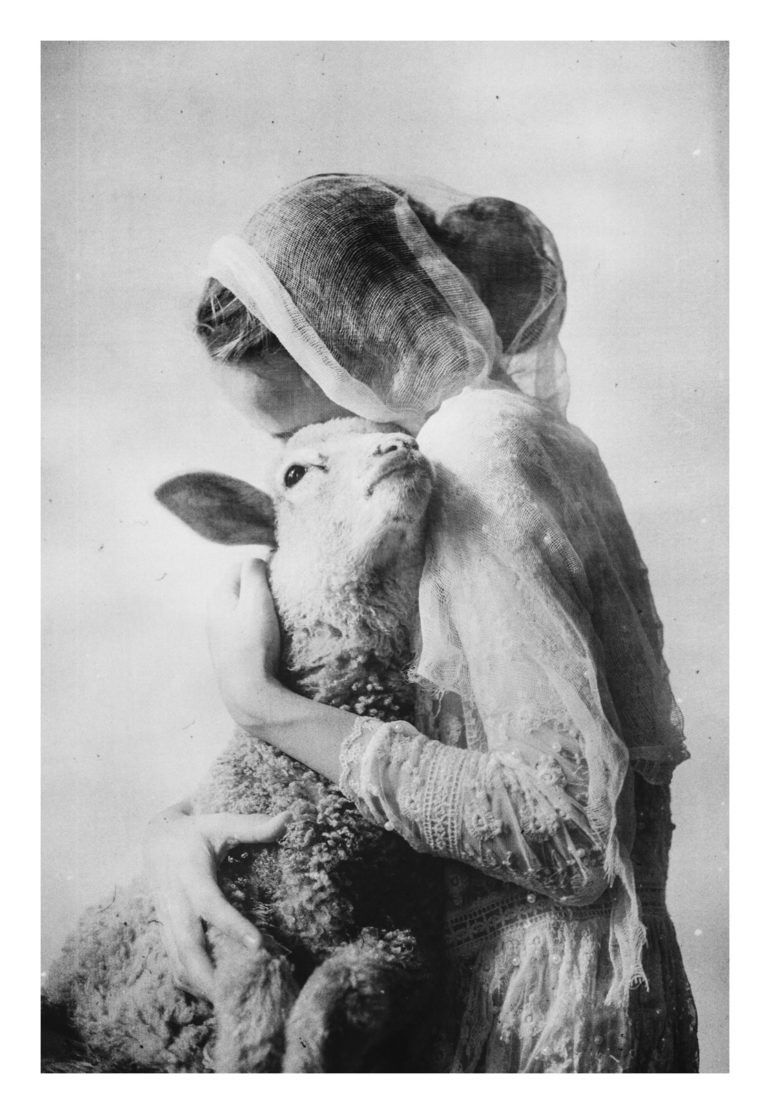Last Updated on 11/17/2018 by Mark Beckenbach
All images by Laura Makabresku. Used with permission.
I’ve always believed that more than looking technically outstanding and visually impressive, photographs should be able to make the viewers feel. This often best applies to portrait photography, but is also at the heart of much conceptual photography out there. Case in point is the poignant work of Poland-based Laura Makabresku, who I believe creates some of the most beautifully emotive and unique photos today. Armed with visual narratives that are both mysterious and graceful, she appeals to our innermost emotions, which she describes as “opposites that build tensions within ourselves, which spark our creativity and vitality.”
In the insightful interview below, she shares a little secret about herself, the motivations behind her work, and how she lets the stories and ideas percolate in her head until the moment is right to translate them into photos.
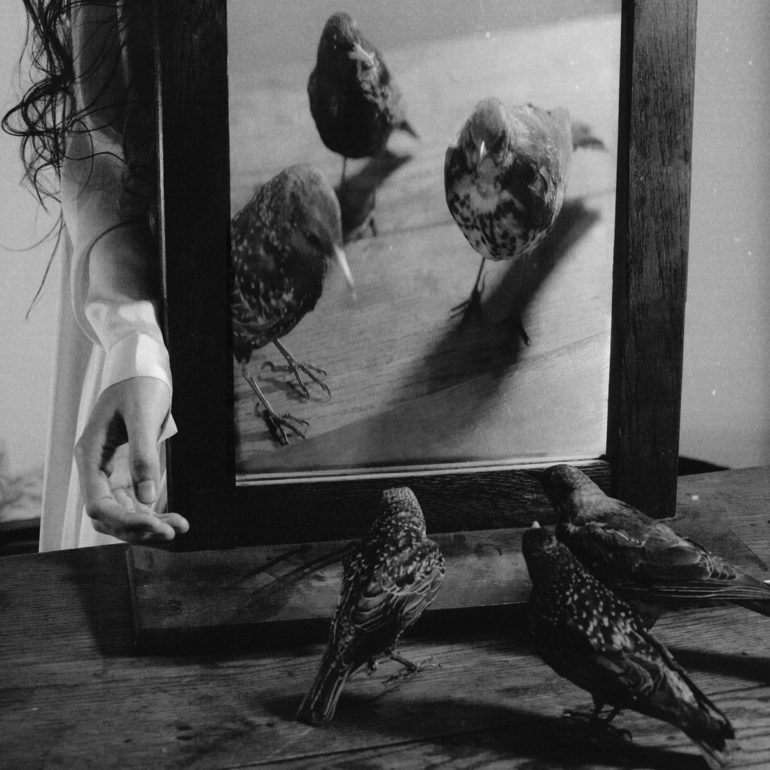
Phoblographer: Hello Laura! Can you tell us something about yourself and what you do?
Laura Makabresku: Hello Joy! My real name is Kamila Kansy. Laura Makabresku is my artistic nickname that I use since I started to publish my works in the Internet. I am 31 years old now, I come from Poland. In everyday life I am a photographer and this is my passion. I believe the sensitivity which allows me to create is a gift laid in my soul. It is at the same time a vocation — thus it is not given only for my own favor, but to serve others, to deepen our humanity and to build deep bonds between us. This is how creating art becomes the source of my happines and fulfillment.
Phoblographer: How did you get into photography? How did you discover the kind of photography and imagery that you make now?
Makabresku: I’ve been discovering my sensitivity for images very slowly. In the beginning I was more into literature. I wrote many poems and short stories, but I never felt really free in that field; something was missing. One day my lad (now husband) gave me a camera. I started to take photos of us building something in a form of a diary. After few months, my narrative imagination started to come to the fore. This is when I began to take photos as I do nowadays — I started to use images rather than words to tell stories. And this is where I felt somehow fulfilled to further my creativity.
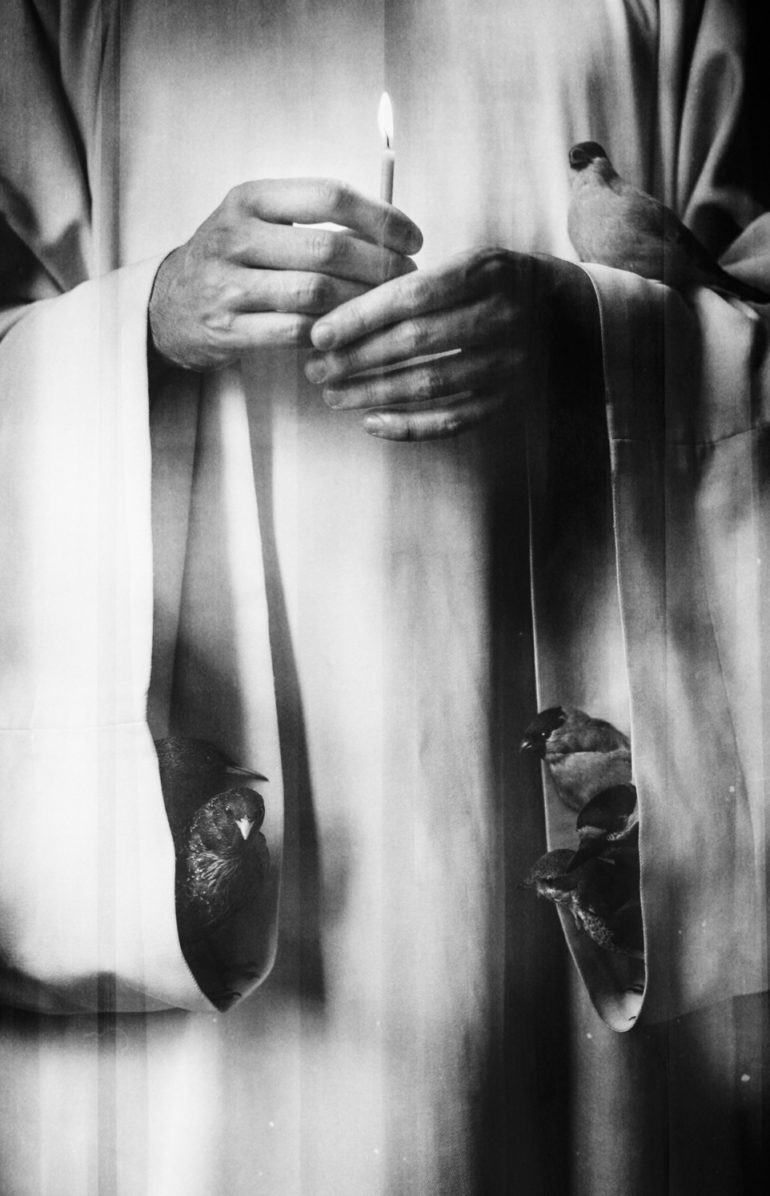
“We are entirely weaved by opposites that build tensions within ourselves, which spark our creativity and vitality. These opposites allow us to discover conscience, freedom, and our internal system of values. Experiencing these tensions allows us to gradually define and state ourselves. These tensions come forth in my images in a natural way — I do not plan these.”
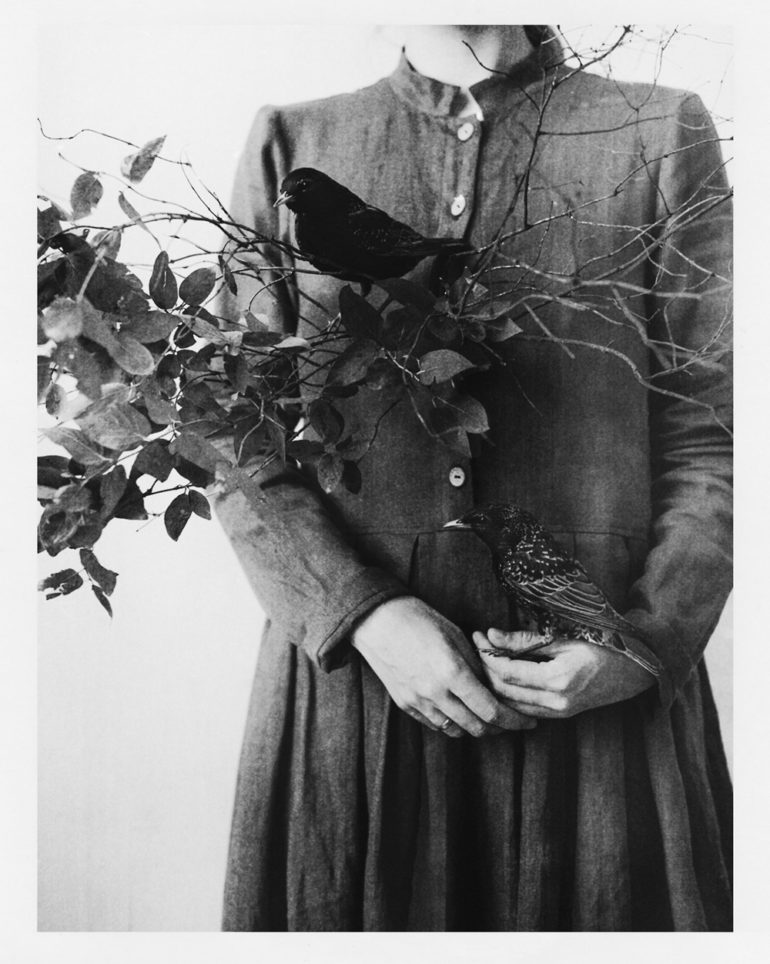
“Nowadays, I am mostly influenced by reading the Holy Bible, mystical journals, especially Saints Faustina Kowalska and Maximilian Kolbe, hagiography, and personal prayer in silence. Recently, I am also influenced and strengthened by discovering a strong bond with my homeland.”
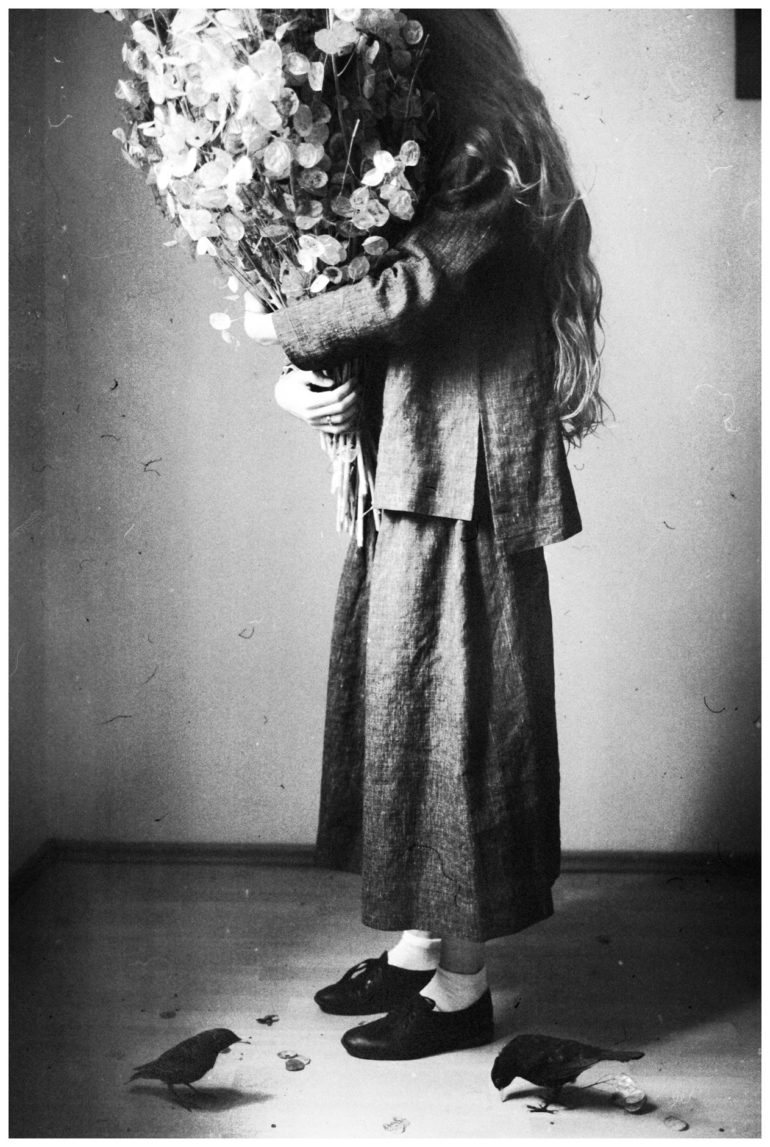
Phoblographer: Your photos show a beautiful combination of haunting and delicate visuals. How did you discover the right mix for the ideas and stories that go into each of your photos/series?
Makabresku: I think that the abrasion of paradoxes concerns general existence, and especially human existence. Never-ending balancing between the desire to do good and our failures, between lightness and darkness, tenderness and cruelty, hope and despair. We are entirely weaved by opposites that build tensions within ourselves, which spark our creativity and vitality. These opposites allow us to discover conscience, freedom, and our internal system of values. Experiencing these tensions allows us to gradually define and state ourselves. These tensions come forth in my images in a natural way — I do not plan these. Photos that I create somehow tell the story of my own life: maturing, struggling with myself and the world around me, falling, and rising. Maybe delicateness, which you mentioned, is simply a voice of hope constantly present in my images, irrespective to level of darkness in which they drowned many times, especially in my early years.
Phoblographer: Where do you get inspiration for the kind of photography you do?
Makabresku: Inspiration comes generally from life, experiencing myself, world and people around me, on many levels and in a various intensities. Nowadays, the thing that fascinates and attracts me most, and at the same time arouses eeriness is experience of God’s presence in the universe and in my heart.
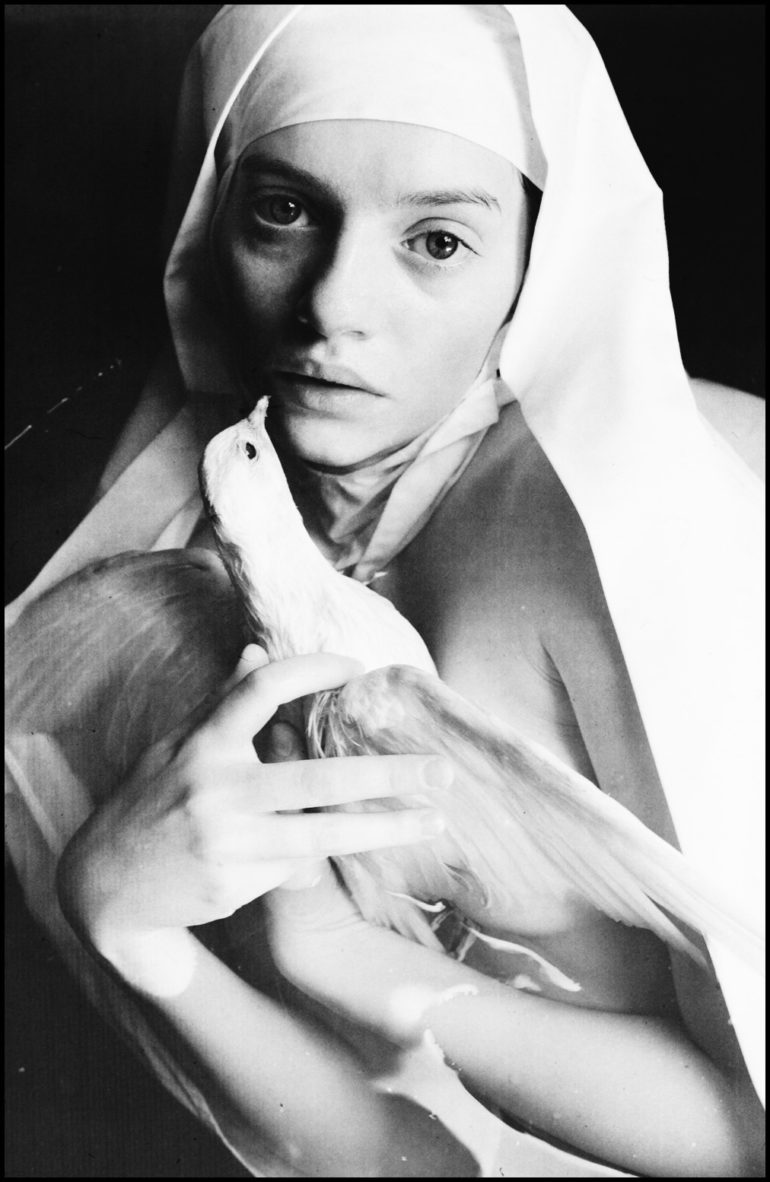
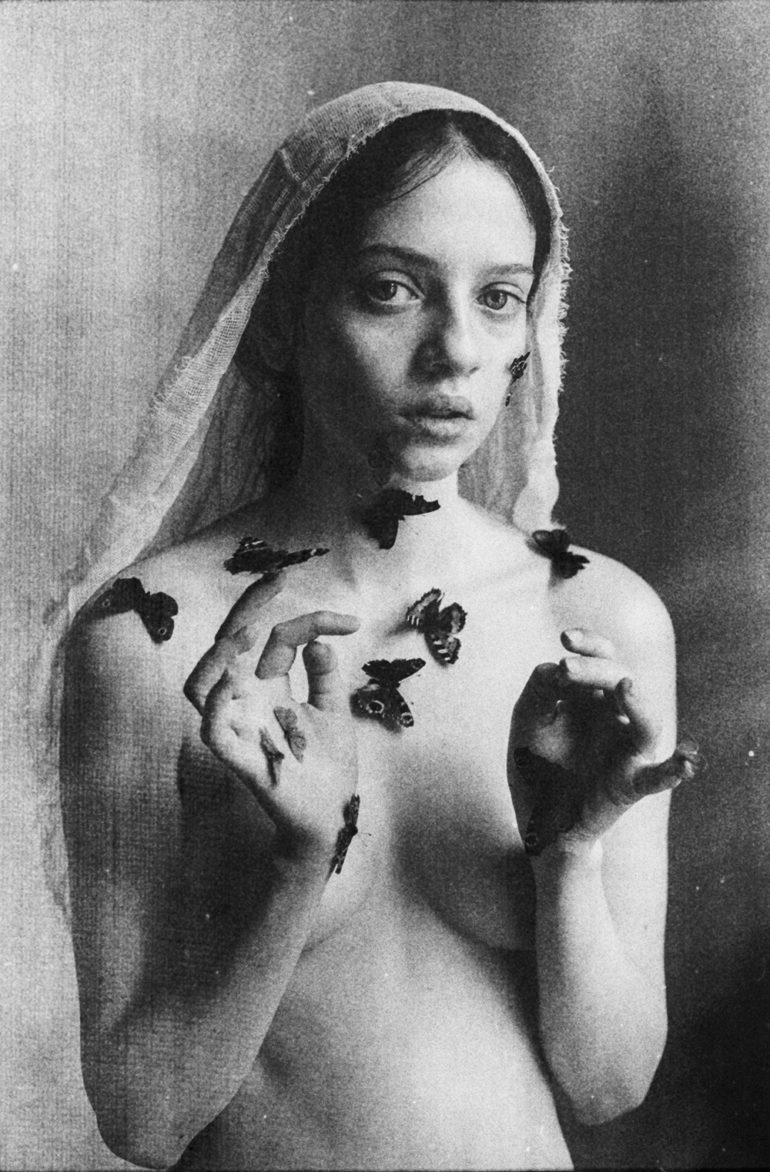
“With great pleasure I studied these dark tales, which somehow unburden my own emotions and tensions. However, my works were not meant to be an illustrations for these tales, I just draw intuitively from their archetypal symbols and uneasy mood, which fascinated me strongly at that time.”
Phoblographer: Legends, folklore, and symbolism are major components of your work. Are any of these by your own making, or are they more stories that you grew up with? How do you determine which to incorporate in your projects?
Makabresku: Folklore and fairy tales were dominant in my early works. These were mainly inspired by my memories of childhood spent in the countryside among wildlife. This beautiful but also brutal world strongly affected my imagination. I also really liked to hear fairy tales of Andersen’s and Grimm Brothers. With great pleasure I studied these dark tales, which somehow unburden my own emotions and tensions. However, my works were not meant to be an illustrations for these tales, I just draw intuitively from their archetypal symbols and uneasy mood, which fascinated me strongly at that time.
Nowadays, I am mostly influenced by reading the Holy Bible, mystical journals, especially Saints Faustina Kowalska and Maximilian Kolbe, hagiography, and personal prayer in silence. Recently, I am also influenced and strengthened by discovering a strong bond with my homeland. In 2018 Poland celebrates 100 years of independence. I derive some spiritual joy and calmness from discovering internally that my being is personally rooted in the history of this land. I am thankful for its previous generations for their hard, mostly nameless effort in everyday life over the years and centuries. These allow me to live here and now in the time of peace, in great prosperity, cultivating our Polish culture, speaking the Polish language, being still somehow protected from bitter civilization decay symptoms that are present in many secularized societies nowadays. I feel comfort when I think that I rise from a specific heritage of this land.
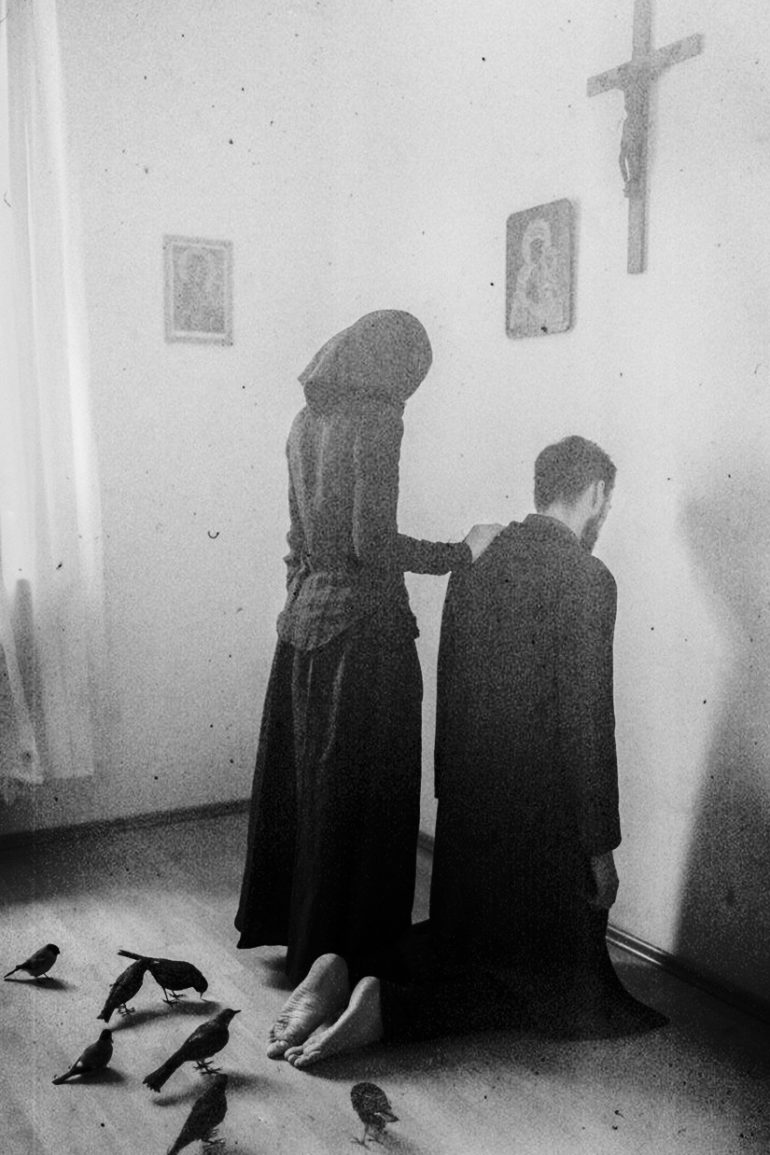
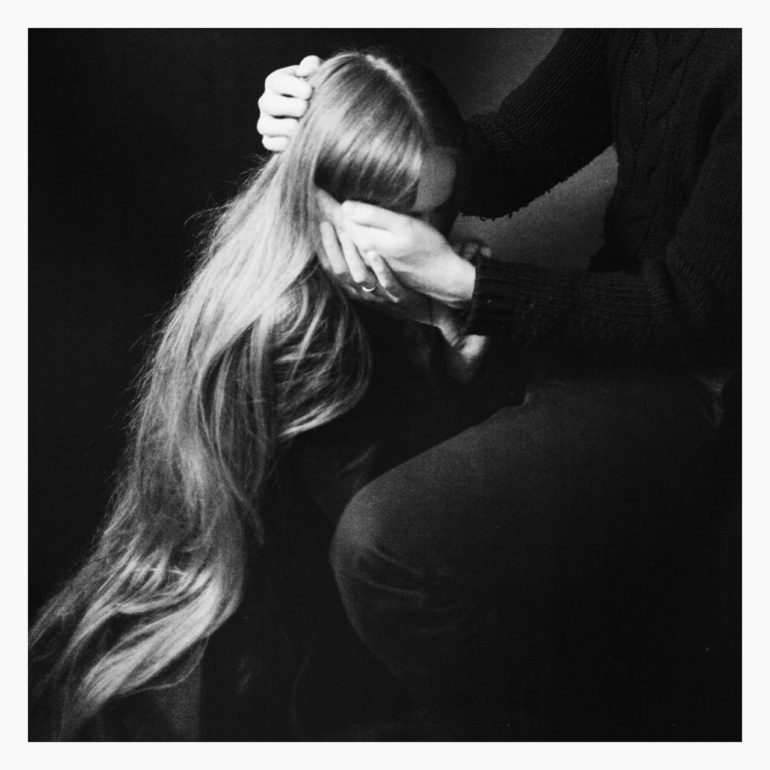
“I would really like to limit my own presence in the images to the minimum.”
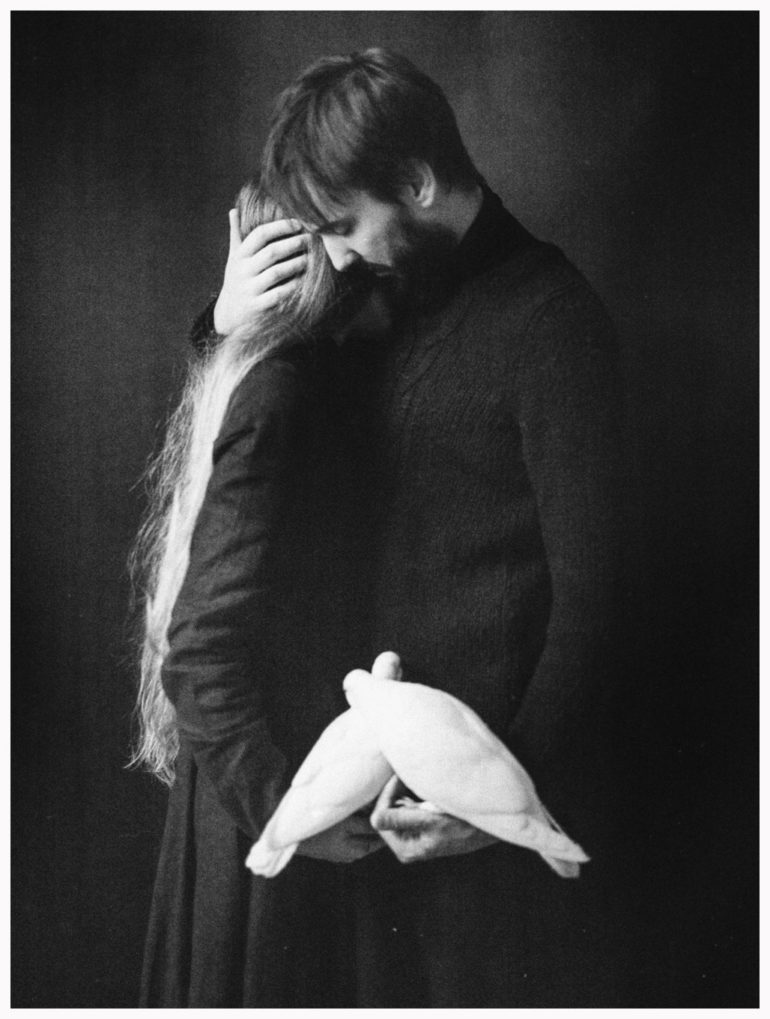
Phoblographer: Can you give us an idea about how you brainstorm for your projects? Do you find that ideas come to you as quickly or as often as you want/need them to?
Makabresku: My “brainstorming” is more like contemplation in deep silence. It is a time devoted to God, not to myself. This is how my desire and strength to create is born. Admiration for the beauty of God and His creation is the source of the images that I want to bring forward in photography. I never try to force or quicken things. Image is born slowly, it needs to mature in me. Not everything can be transposed into finished work. Many of them are happening inside my heart and stay there forever like a sweet revelation.
Phoblographer: How do you see your work evolving in the next few years? Is there anything else you wish to achieve with the style and kind of photography that you do?
Makabresku: I would really like to limit my own presence in the images to the minimum. The great desire of my heart is for my works to make presence of God’s beauty and hope, consolation addressed to human being which suffers, despairs, seek for meaning. Creation as a consolation — this is how I find my vocation as an artist.
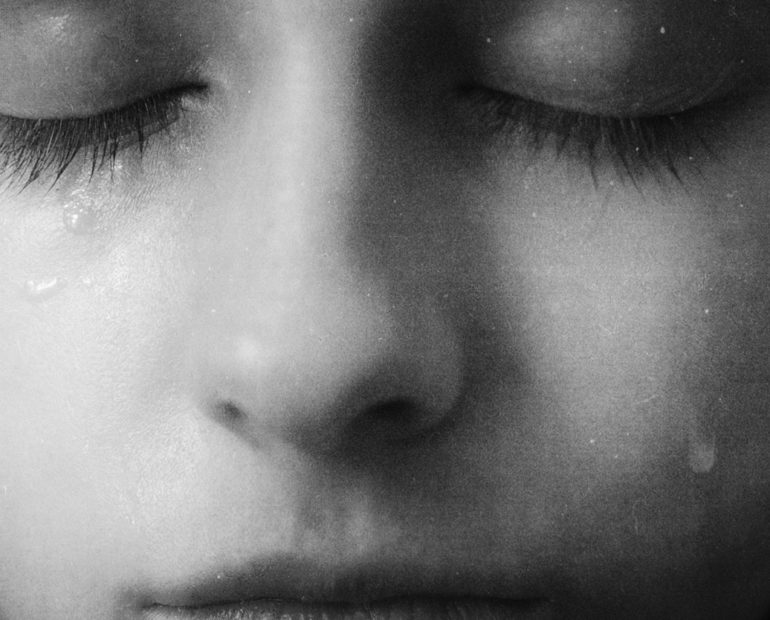
Phoblographer: What do you consider to be the most crucial element that makes your style truly your own?
Makabresku: Hope.
Phoblographer: Lastly, what would you advise those who want to develop their own emotive and unconventional approach to photography?
Makabresku: Every one of us is called to be creative. It is important to focus more on the content than the form, not to stop on the surface of things and matters, but to go deep. Never lose hope in small, daily matters, and also in the big ones.
Do check out Laura Makabresku’s website and Behance portfolio to see more of her beautiful photography.



